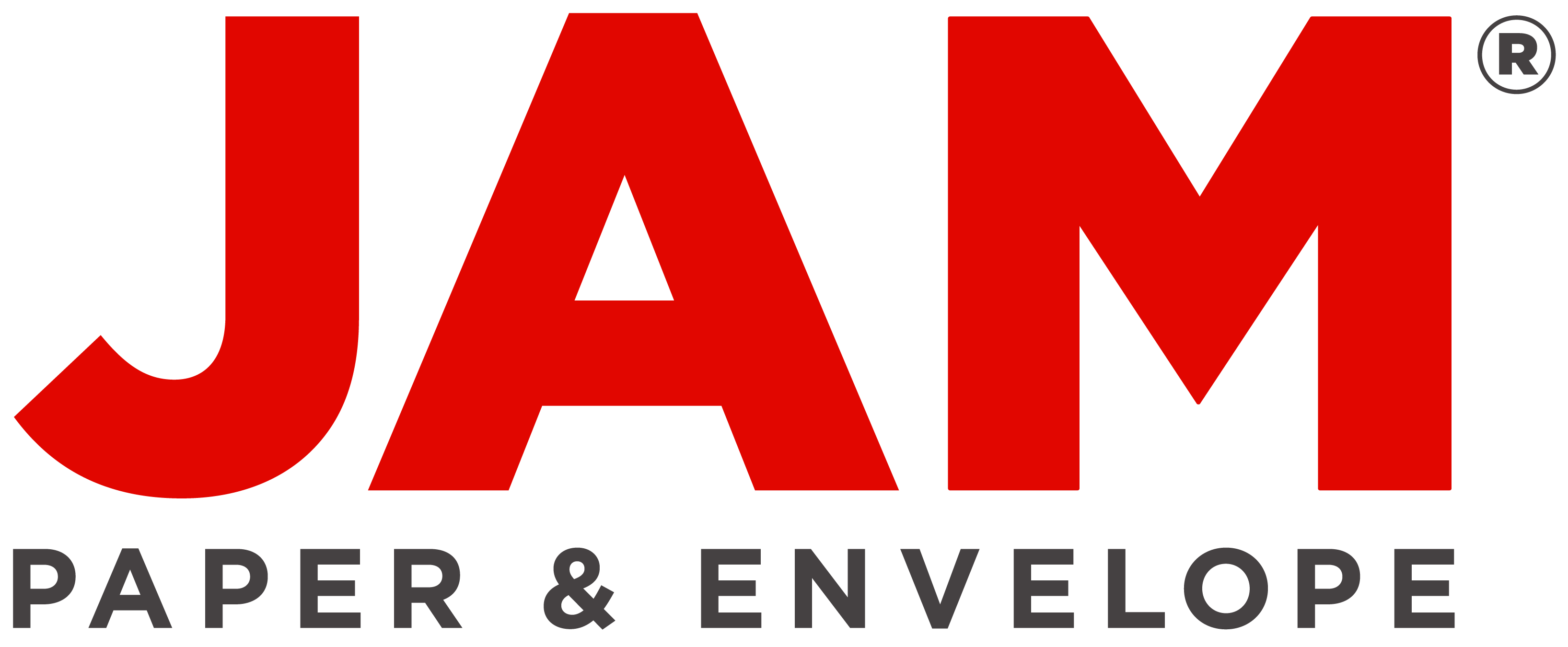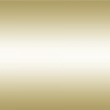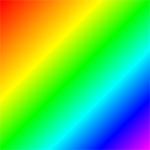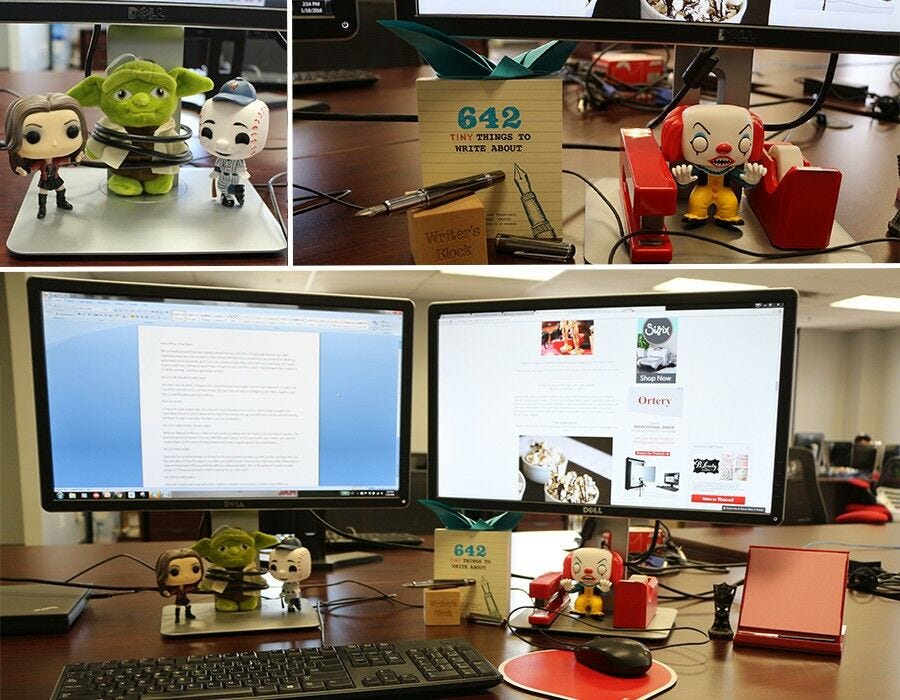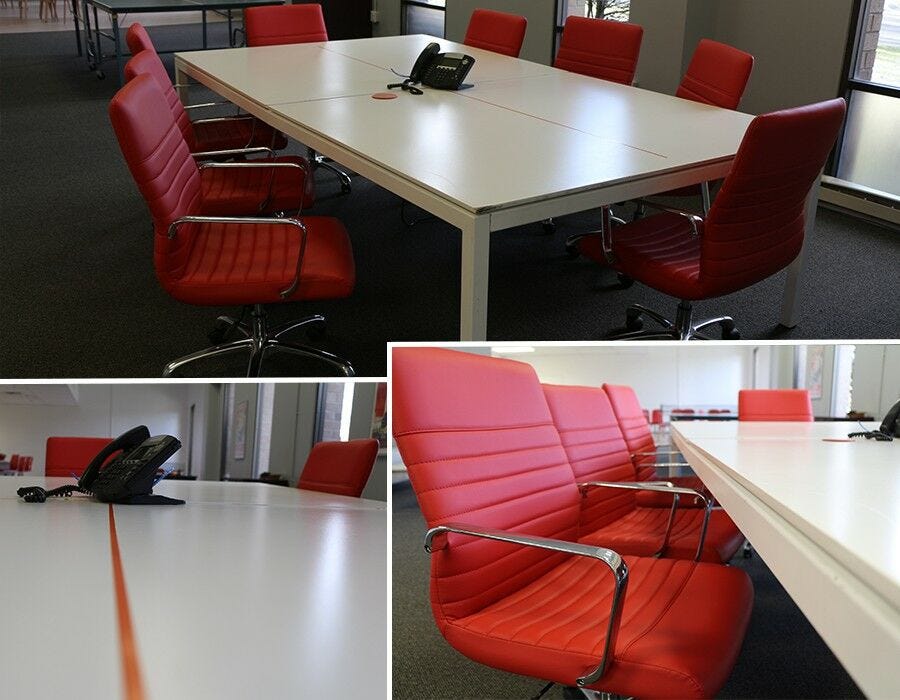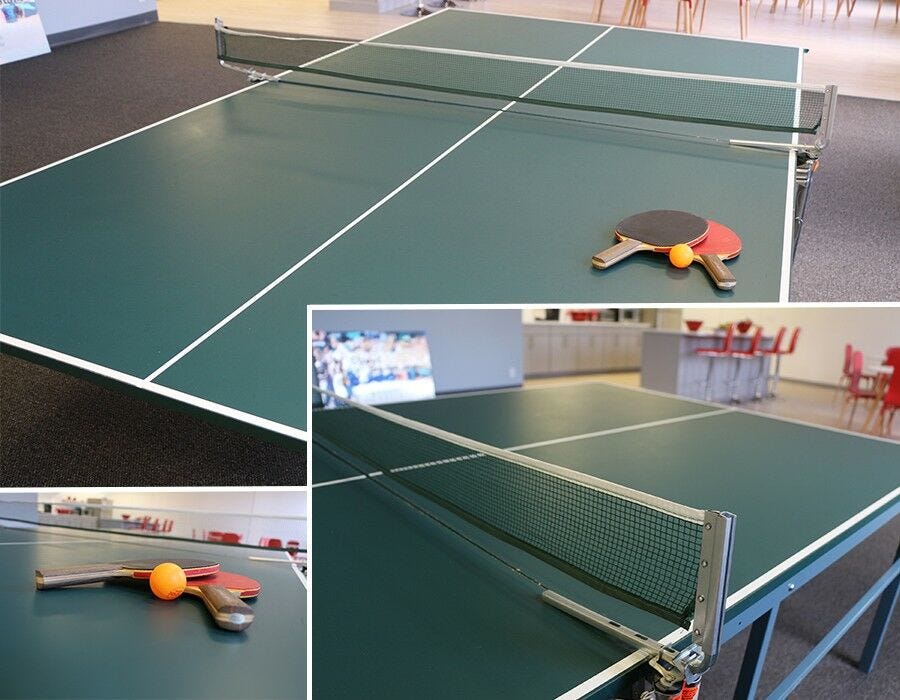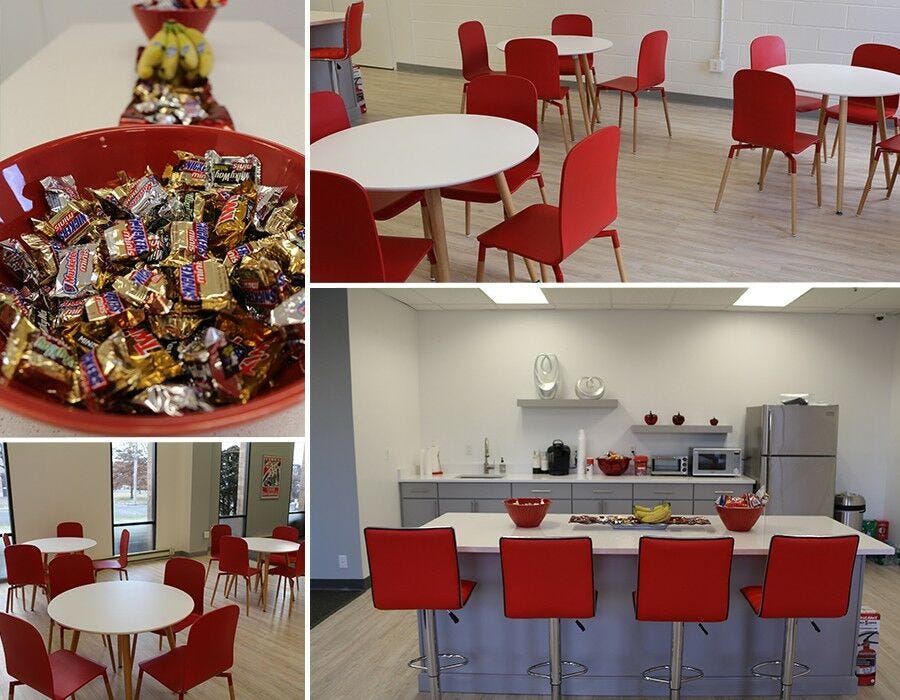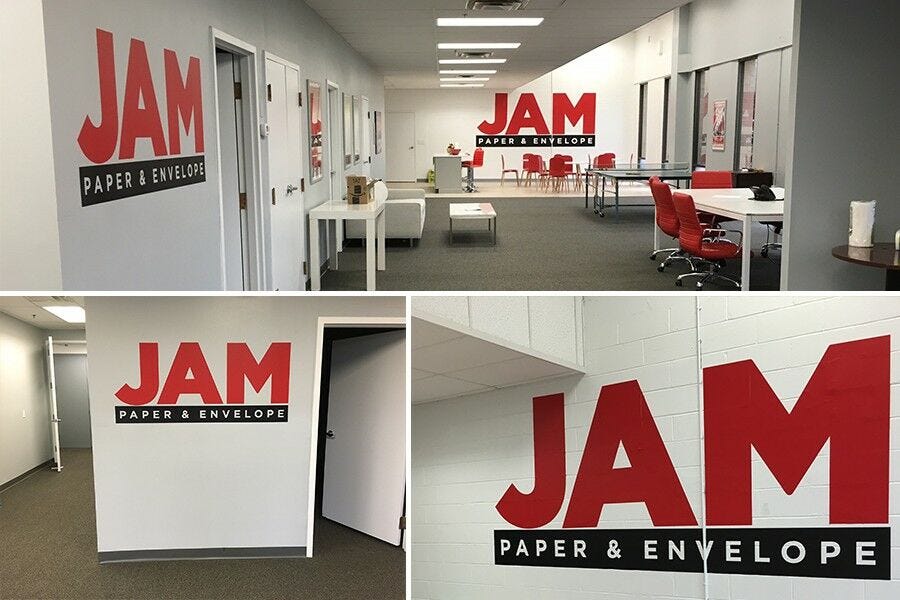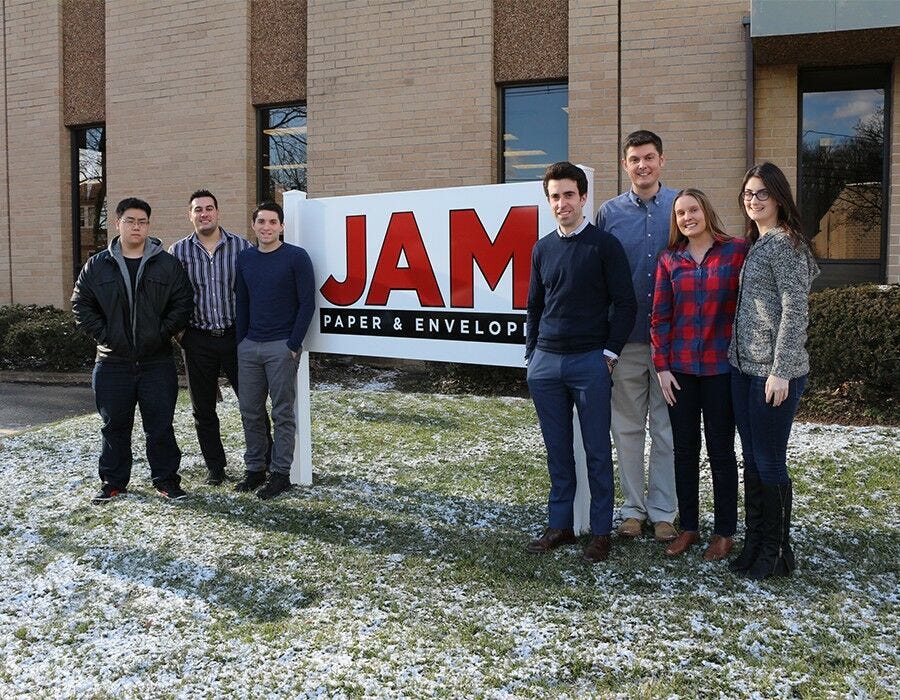JAM's New Office Meets the Marketing Team
- By Andrew Jacobs
- Feb 9, 2016
JAM's New Office Meets the Marketing Team
We’ve finally arrived! Only two minutes away from our old office on LeGrande Avenue, the JAM marketing team has now moved to our new office on Union Street. With all of our excitement, we grabbed our desktops and trinkets from our desks, got in our cars, took two right turns and a left one, and finally, the “long” journey was over. Setting up wasn’t bad, at least for me. I sat there while others plugged my computers in. While waiting, I started organizing my desk:
But that’s just my desk. Everyone now owns their own red stapler and red tape dispenser to match our red chairs, red arm rests, red everything! The fact that our logo is just as bright as our chairs, supplies, and décor is pretty awesome if you ask me.
It might be a tad empty right now, but we’ve got this place for a reason. We’re lucky enough to be expanding and soon, those desks will be filled. Our team is strong, but with extra hands and extra minds, we’ll get stronger every day. But wait, there's more:
With our biggest conference table yet (of course complete with red chairs), our meetings are going to be more productive and more fun too. With the open space, we’ll come in with open minds. And with the comfy chairs, we’ll come in feeling relaxed and ready to speak up with any and all ideas.
And once we’re done racking our brains for the next great product , for the next blog, for the next advertisement campaign, we need a break. Three words: Ping Pong Table. What kind of new and improved office would it be without a ping pong table? We’re all saying we’re great at ping pong, so I’ll keep you posted on those obvious lies at a later date.
Once we’re done sweating and need to hydrate and gain some protein, it’s lunch time! With our awesome tables and chairs that remind me of an updated version of my high school cafeteria, we’ll be able to sit, talk, eat, and relax. And when you need a candy pick me up or a coffee break at 3 (the dreaded time of the day), the island is the perfect place to sit and sip.
But don't worry, we'll never forget where we work with our NEW decals! As you walk in the door, you'll notice immediately our 5 ft. decal but just turn to the right and you got yourself a 12 footer! That's right, our awesome decal in the kitchen is 6 feet high and 12 feet long! Hey, is it that bad to show off our JAM pride?...
... Definitely not. This marketing team is ready for their new start, and we can’t be more excited that we’re all in this change together. Let’s get marketing!
Check out our Facebook for an album of not just the office, but the NEW warehouse too!
Introducing JAM's New Office Space
At JAM, we are thrilled to announce the opening of our new office space, designed to meet the needs of our growing marketing team. The new office features modern and collaborative workspaces, state-of-the-art technology, and a vibrant atmosphere that fosters creativity and innovation. This expansion reflects our commitment to providing a dynamic and inspiring environment for our employees, as well as our dedication to delivering top-quality products and services to our customers. We are excited to see how this new space will enhance our team's productivity and creativity as we continue to grow and evolve in the industry.
Benefits of the New Office Space
The new office space offers numerous benefits for our marketing team, including increased collaboration, improved communication, and a more comfortable and inspiring work environment. With modern amenities and a focus on employee well-being, the new space is designed to enhance productivity and creativity, ultimately leading to better results for our customers. Additionally, the new office reflects our commitment to growth and innovation, positioning us for continued success in the industry.
Use Cases for the New Office Space
Our new office space is ideal for hosting team meetings, brainstorming sessions, and collaborative projects. The open layout and modern design encourage communication and idea-sharing, making it the perfect environment for our marketing team to thrive. Additionally, the new space is equipped with the latest technology and resources, allowing our team to work efficiently and effectively on a wide range of projects and initiatives.
Alternatives to the New Office Space
While our new office space is tailored to meet the specific needs of our marketing team, there are alternative work environments that may also be suitable for certain projects or tasks. Remote work options, co-working spaces, and flexible scheduling are all viable alternatives that our team may consider depending on the nature of the work and individual preferences.
Tips for Using the New Office Space
To make the most of our new office space, our marketing team can take advantage of the collaborative work areas, utilize the latest technology and resources, and actively participate in team-building activities and events. By embracing the new space and all it has to offer, our team can maximize productivity, creativity, and overall job satisfaction.
Exploring the New Office Space
We invite our customers and partners to explore our new office space and see firsthand how it reflects our commitment to excellence, innovation, and growth. The new space is a testament to our dedication to providing the best possible products and services, and we are excited to continue our journey of success in this dynamic and inspiring environment.
